Search Results by Category
 AI Navigator
AI NavigatorAll information related to {{ key_word }}.
AI Navigation will guide you. Click here for information about {{ key_word }}.
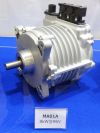 6
6
 3
3
 1
1
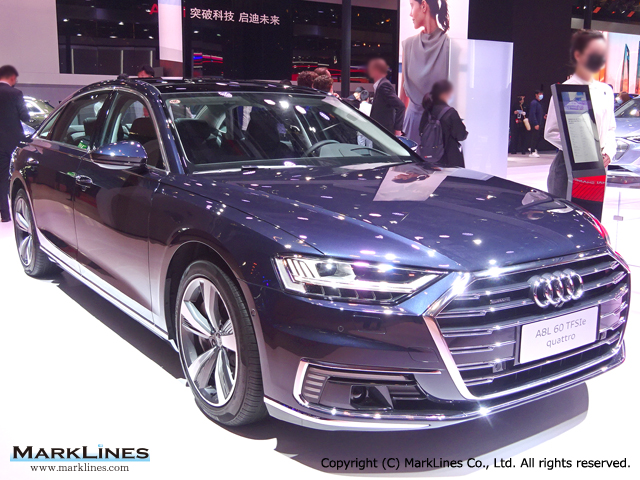 2
2
 1
1
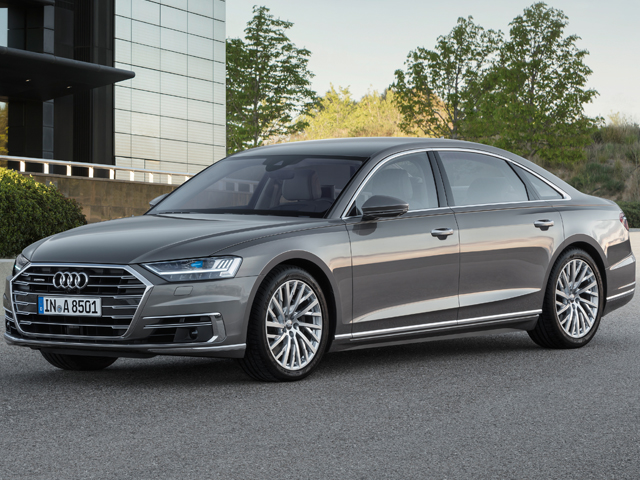 7
7
 2
2
 2
2
 4
4
 2
2
1 - 4 of 4 results
Fuel Economy/CO2 - USA Federal
l flexibilities include the recognition of off-cycle credits with a limit up to 15 g/mile for model years 2023 to 2026 and 10 g/mile for all other model years. The maximum allowable decrease applies to the manufacturer's combined passenger cars and light trucks fleet average CO2 emissions Table A8: Multipliers for model years 2021 to 2024 [34] Model Year EV, FCEV PHEV Natural gas/dual fuel vehicles 2021 1.5 1.3 1.3 2022 - - 2.0 2023...
Regulations Updated at: 2025/09/24
Fuel Economy / CO2 - China
ipped with manual transmission, the fuel consumption limit FCL (l/100 km), is calculated according to the following formulae [25], as a linear function of the complete vehicle curb mass, CM (kg): if CM ≤ 750 kg, FCL = 5.82 (A7) if 750 kg< CM ≤ 2,510 kg, FCL = 0.0041 × (CM - 1,415) + 8.55 (A8) if CM > 2,510 kg, FCL = 13.04 (A9) For all the other vehicles, the fuel consumption limit is calculated as follows [25]: if CM ≤ 750 kg,...
Regulations Updated at: 2025/01/23
Emission Standards - California State Passenger Cars & Light Duty Trucks (LDV/MDV 2026MY~)
3 ULEV60 0.060 9.6 3 ULEV50 0.050 9.6 3 ULEV40 0.040 9.6 3 SULEV30 0.030 9.6 3 SULEV25 0.030 9.6 3 SULEV20 0.030 9.6 3 SULEV15 0.030 9.6 3 Plug-in hybrid vehicles will have to fulfill the requirements for the Cold Start US06 Charge-Depleting Emission Test [3], reported in Table A8; these also have a phase-in schedule [1]. Table A8: NMOG + NOX emissions limits (g/mile) for cold start US06 (PHEV) [1] EmissionsCategory MY 2026...
Regulations Updated at: 2024/12/13
Fuel Economy/CO2 - Canada
he Canadian regulation issued in December 2023 [3] include multipliers up to model year 2024, therefore multipliers will no longer be in place from 2025 onwards; previously they were defined up to model year 2025 [4]. The multipliers that currently apply for the US regulation are reported in Table A8 of US Federal – Fuel Economy & CO2 emissions. The multipliers are factors by which the actual numbers of vehicles produced may be multiplied when...
Regulations Updated at: 2024/12/13

 AI Navigator
AI Navigator




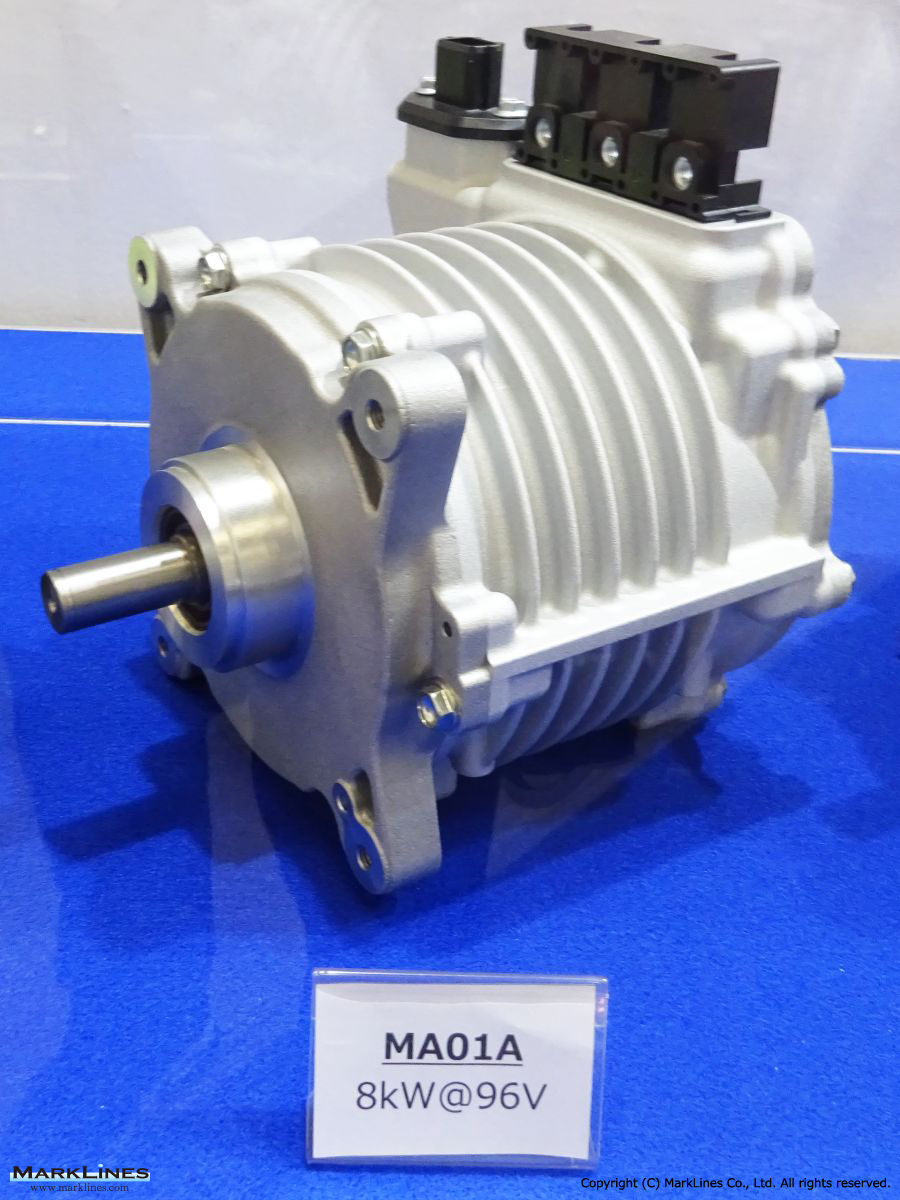
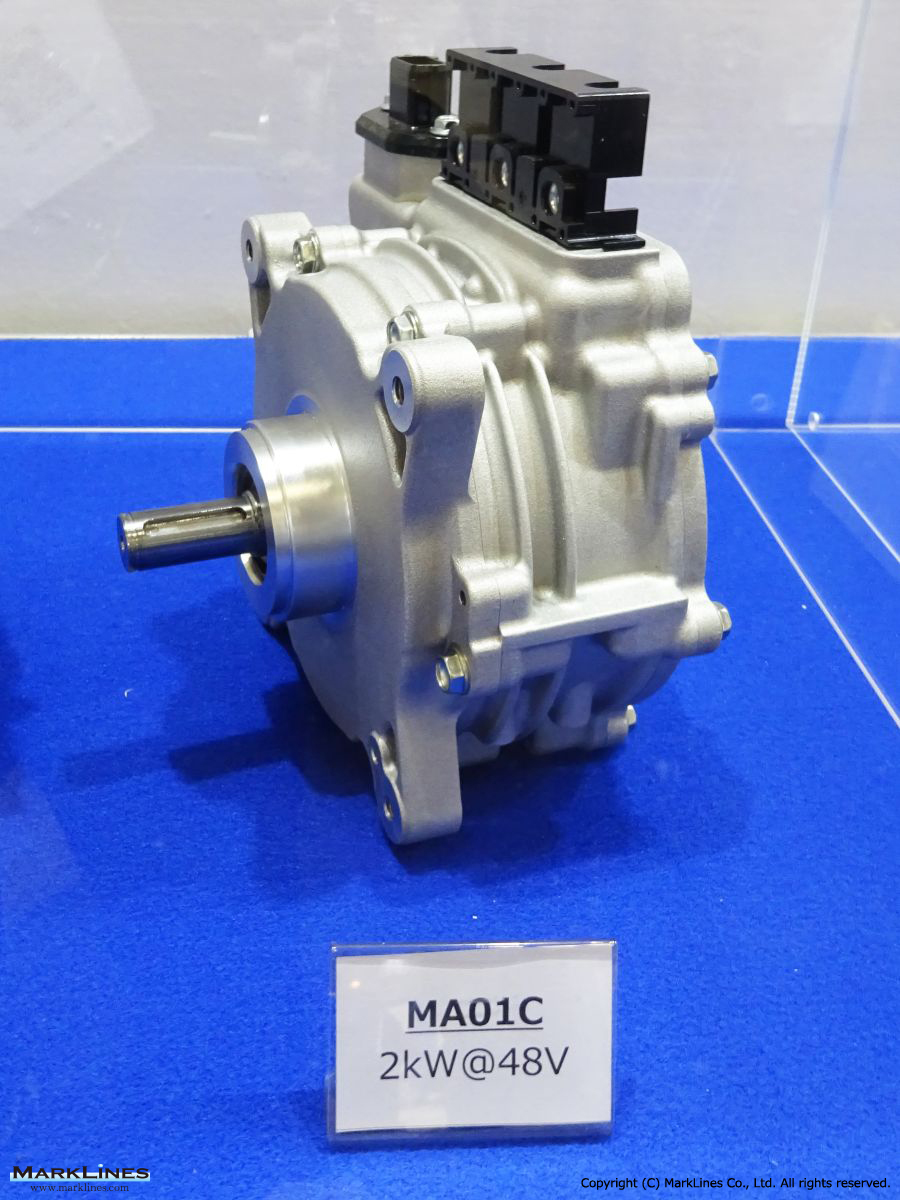
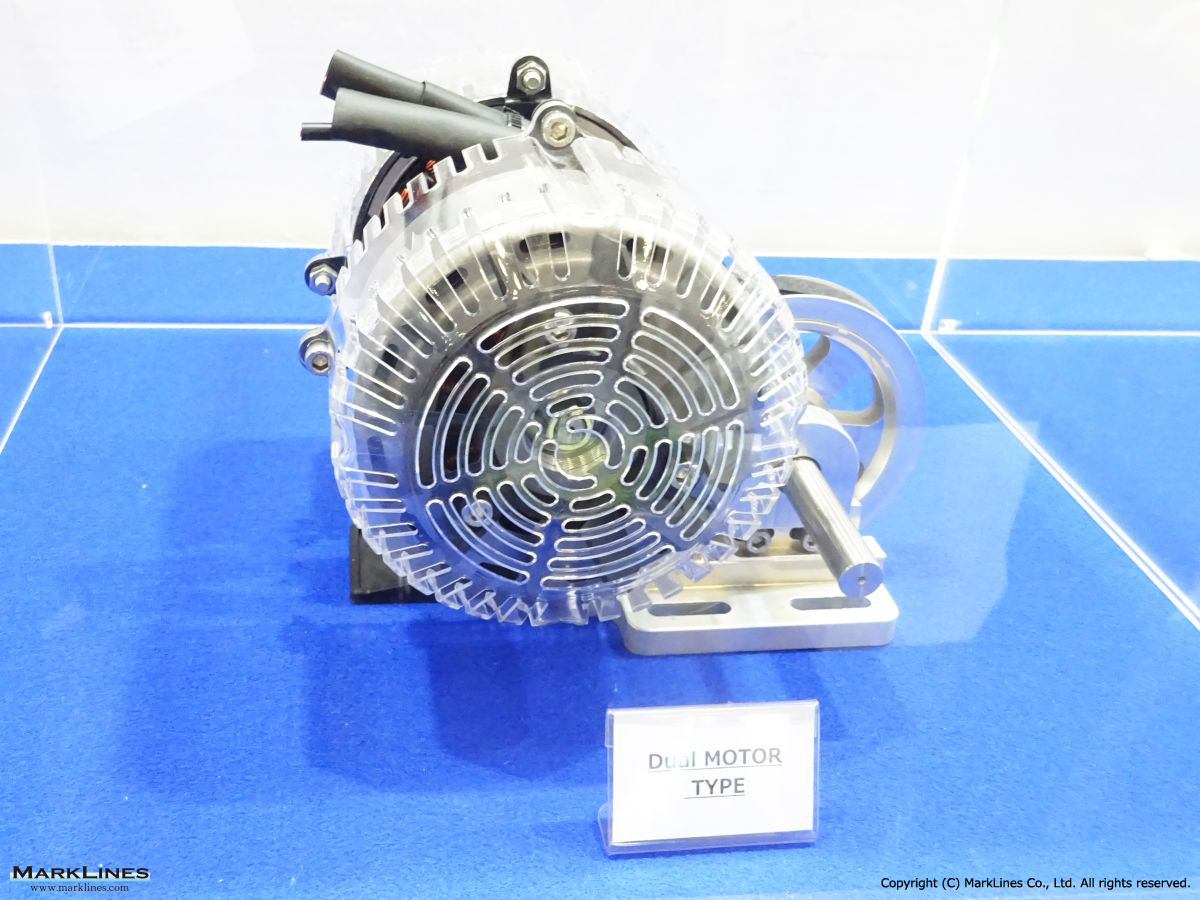
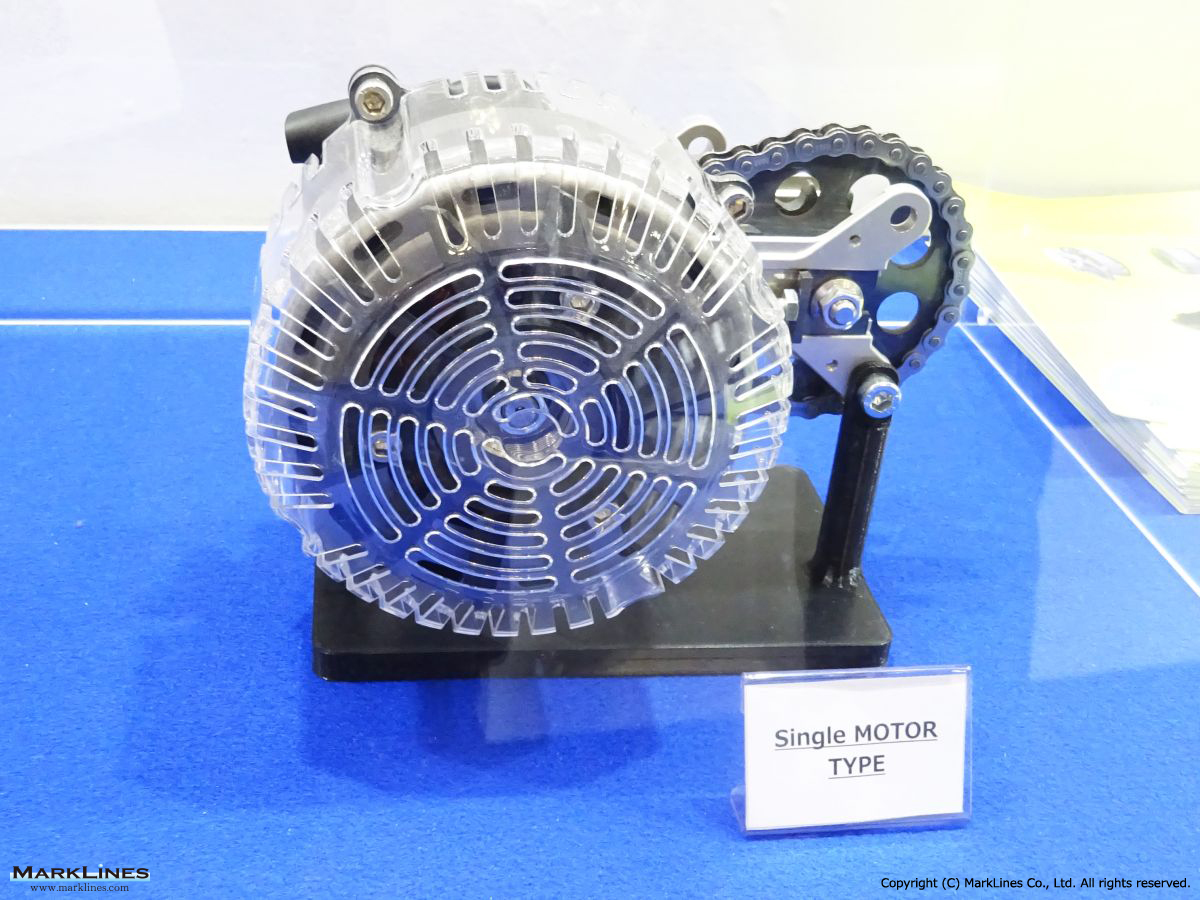
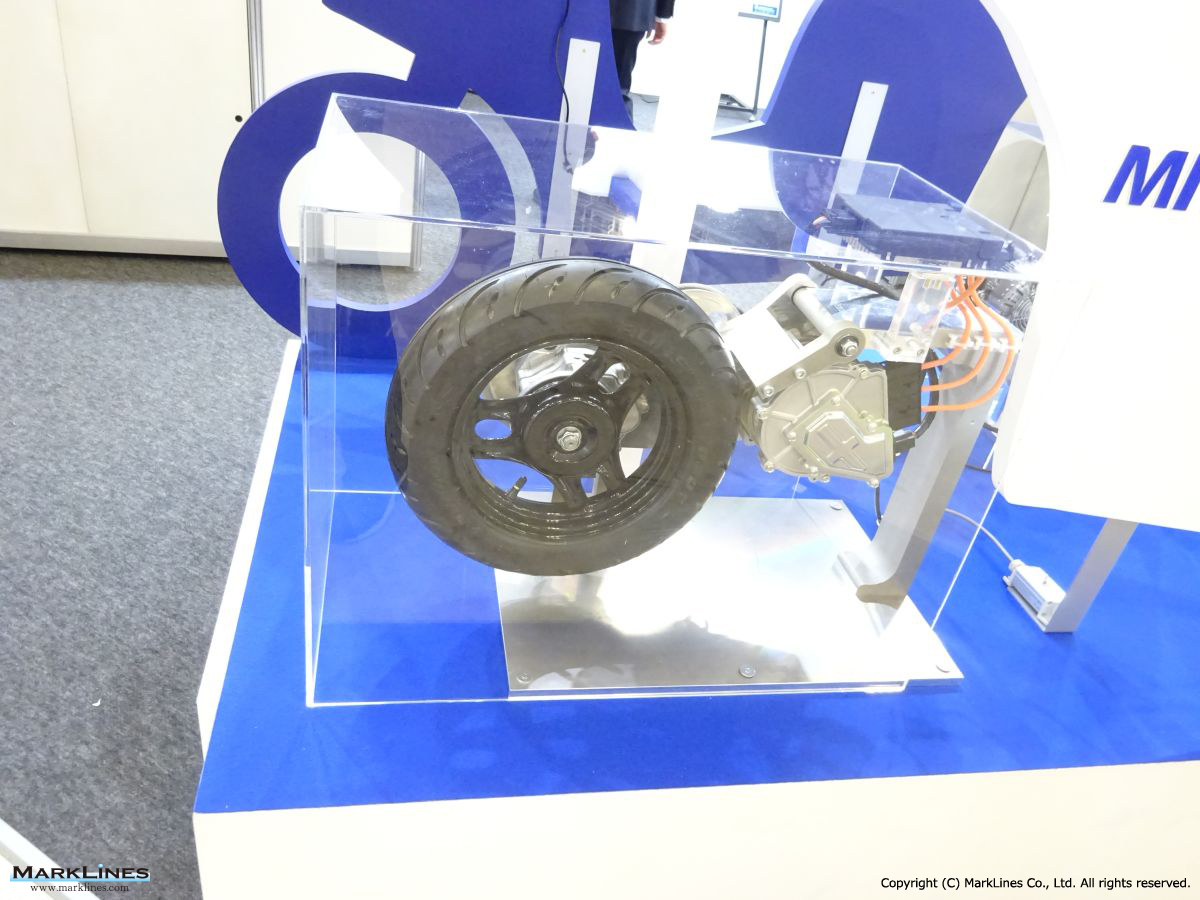
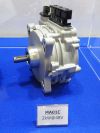




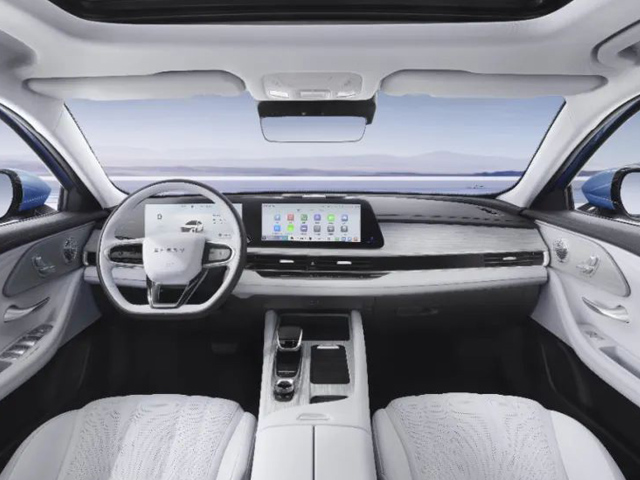


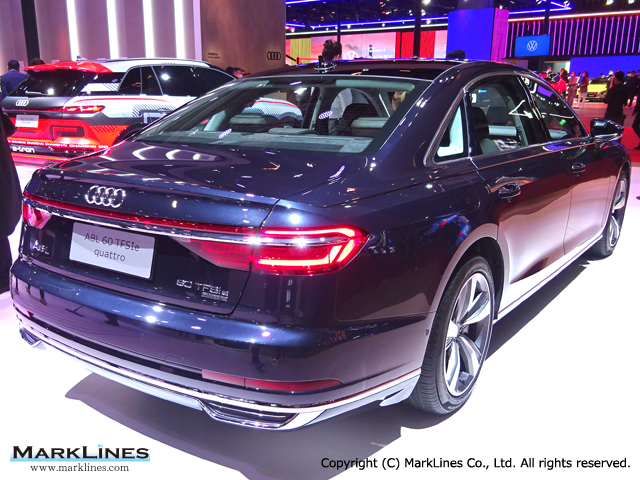
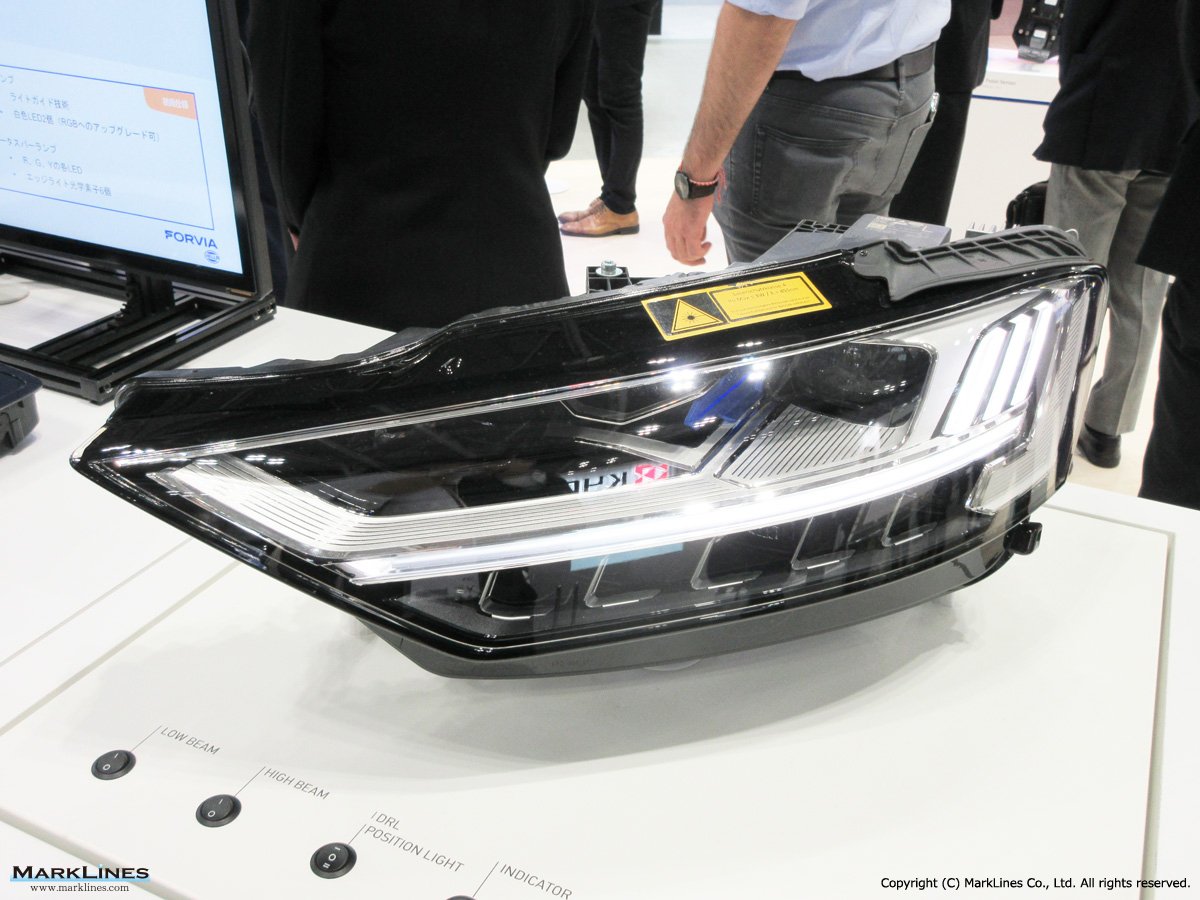
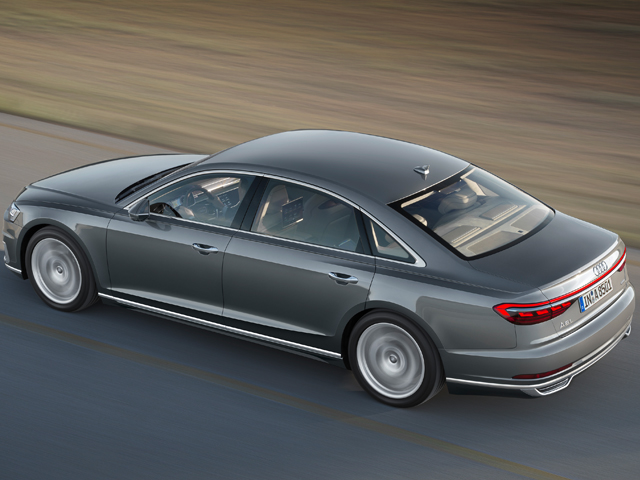
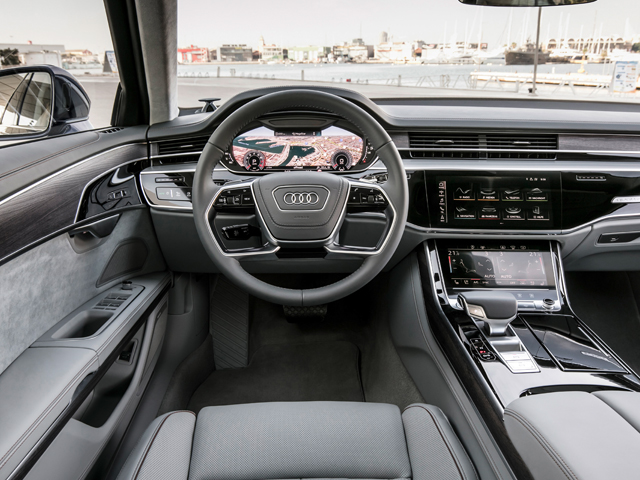
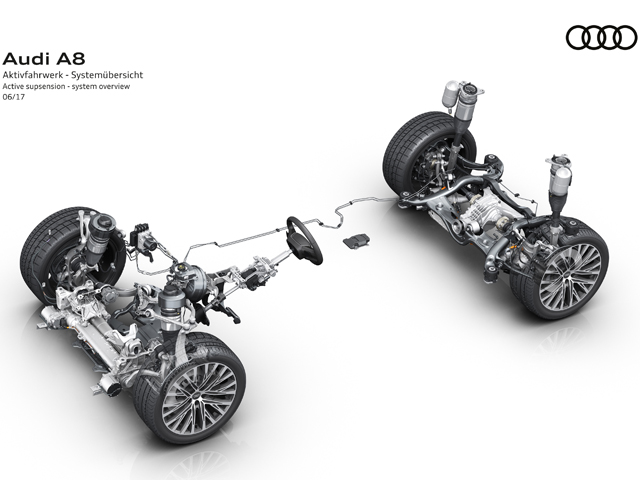
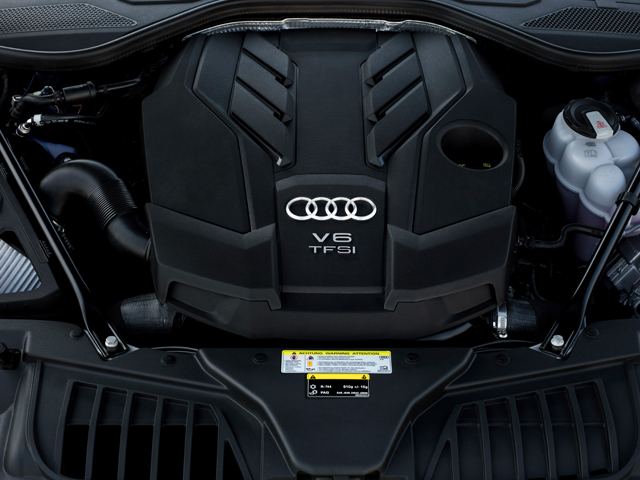
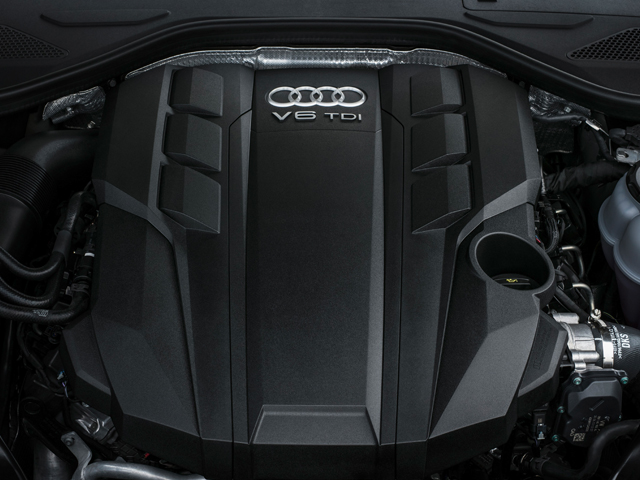
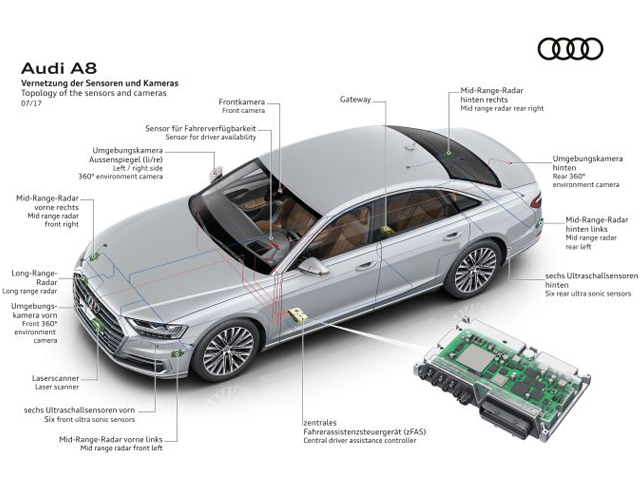

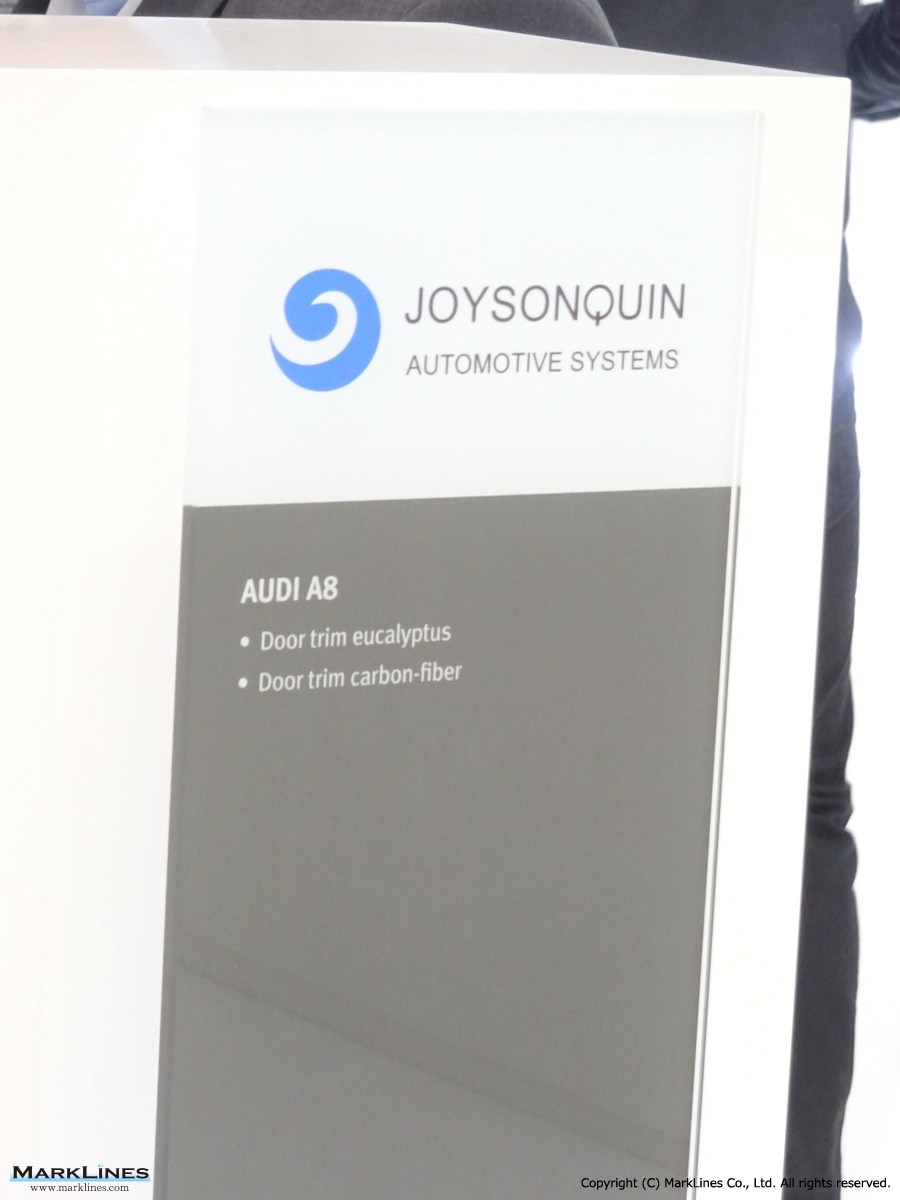

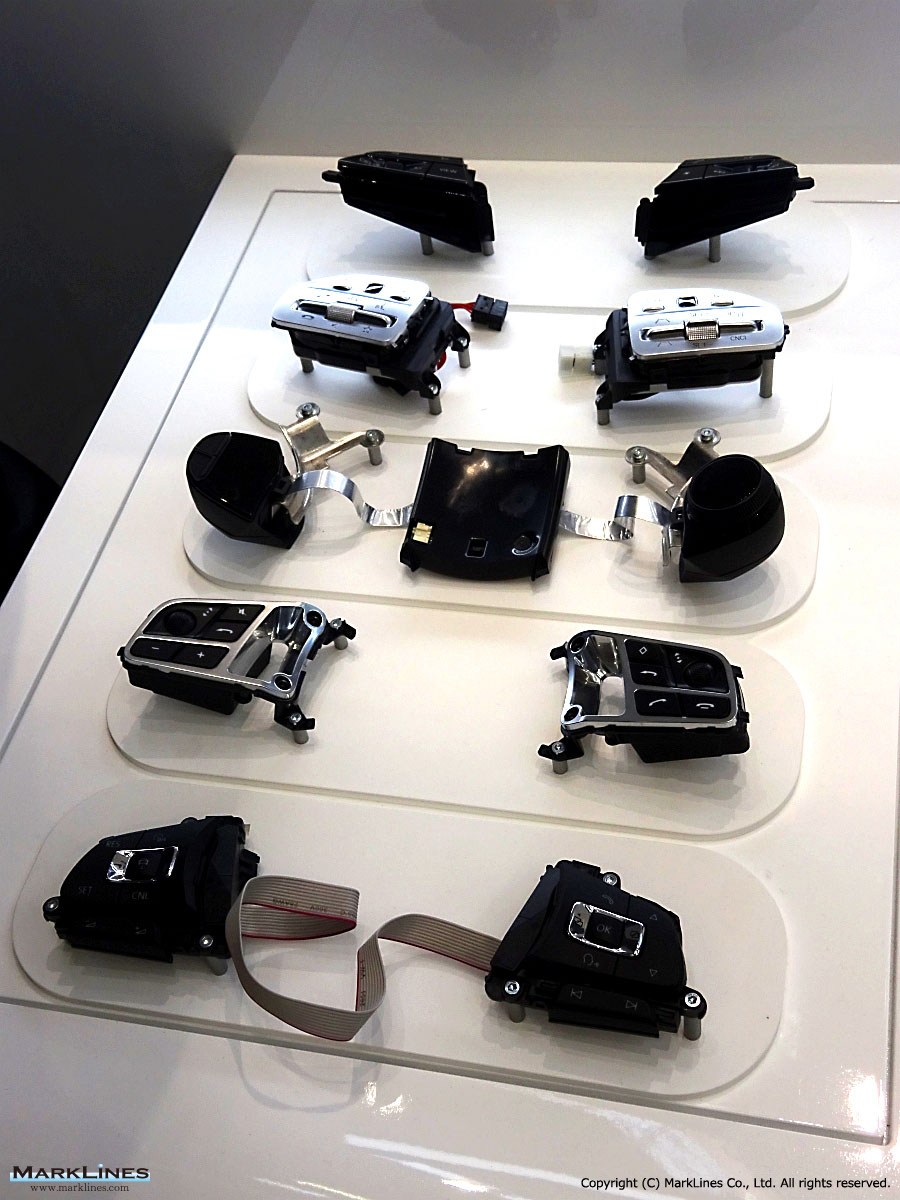
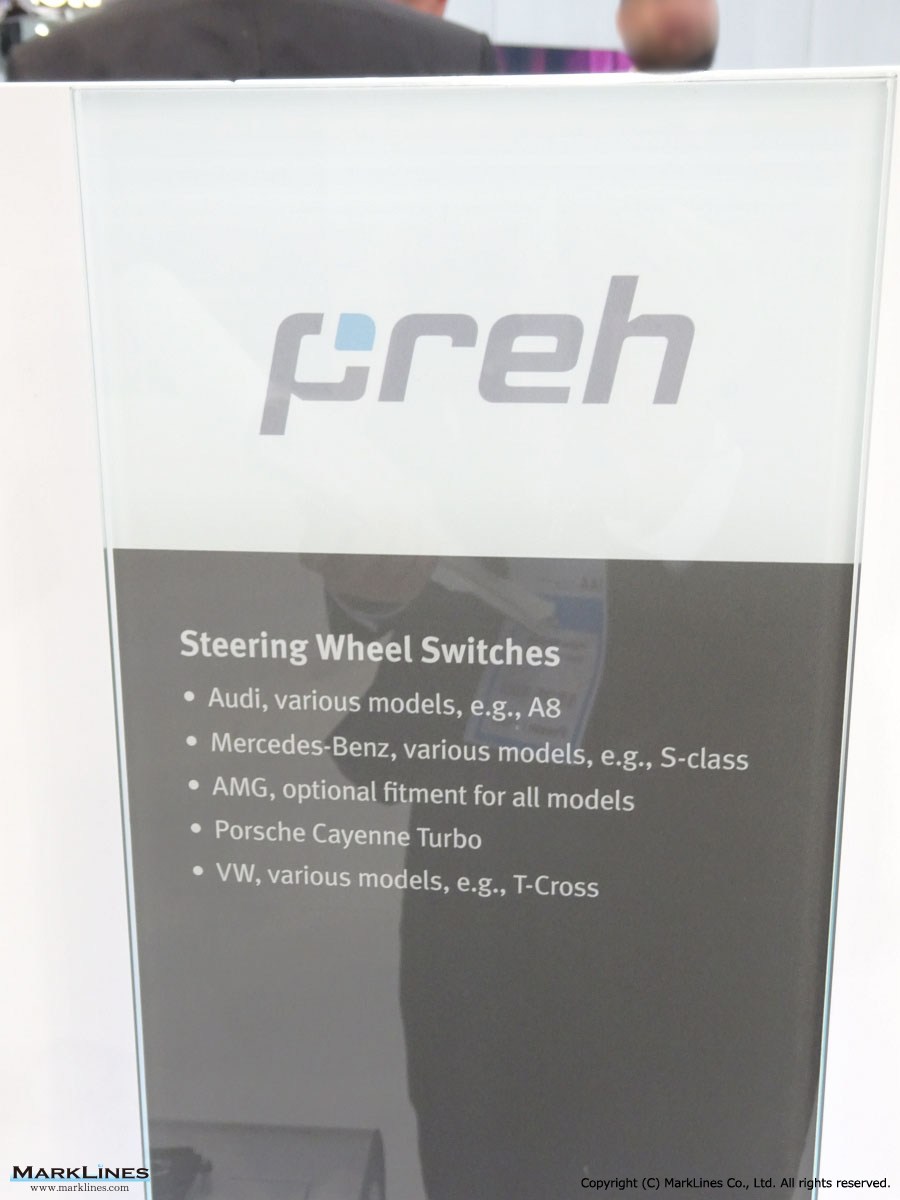
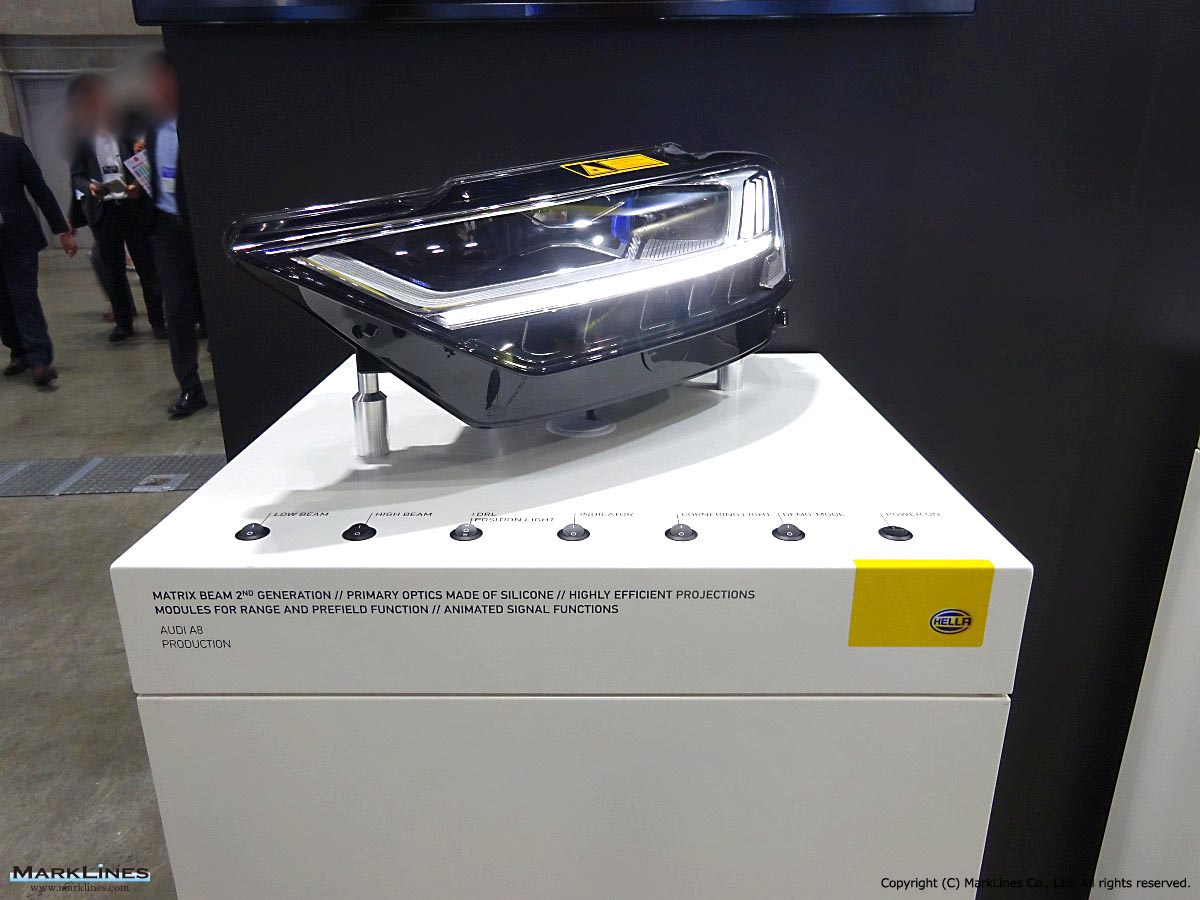
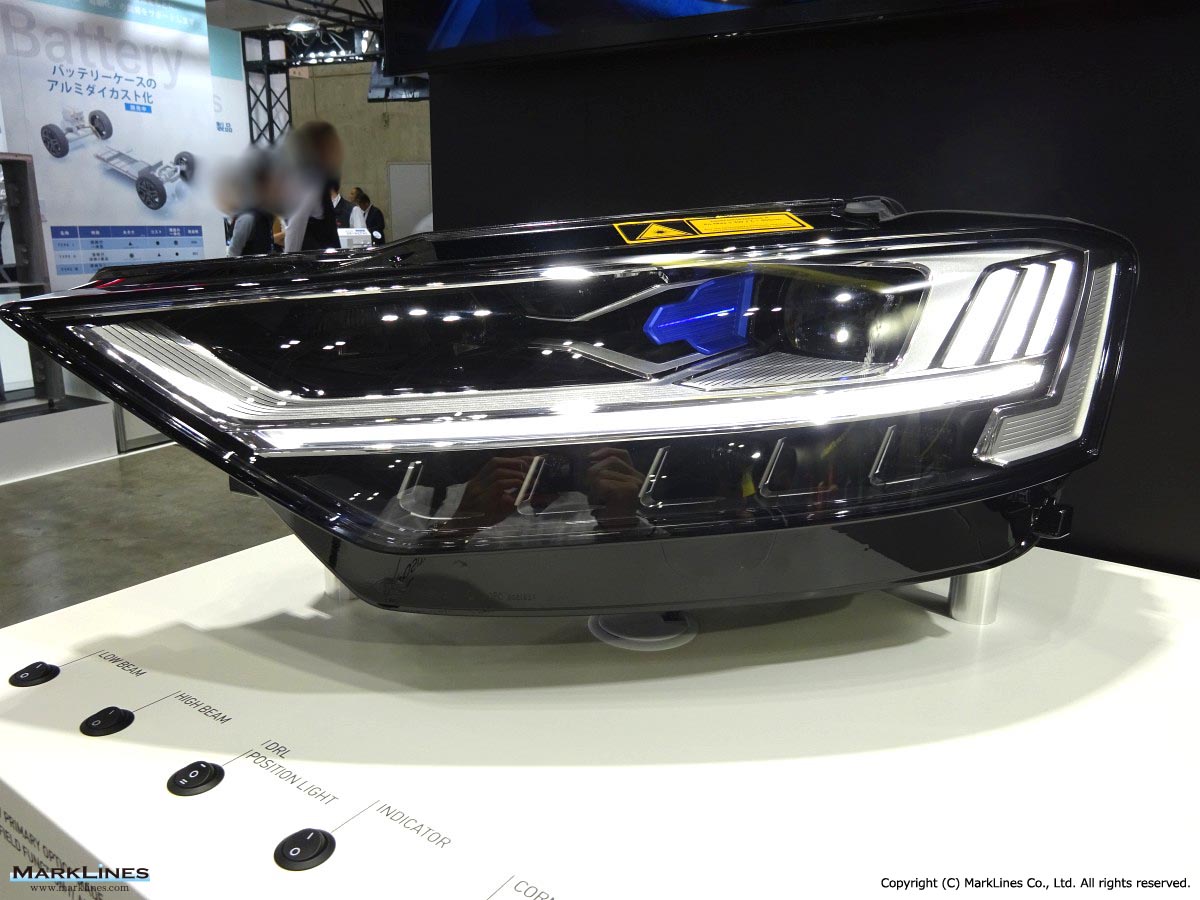
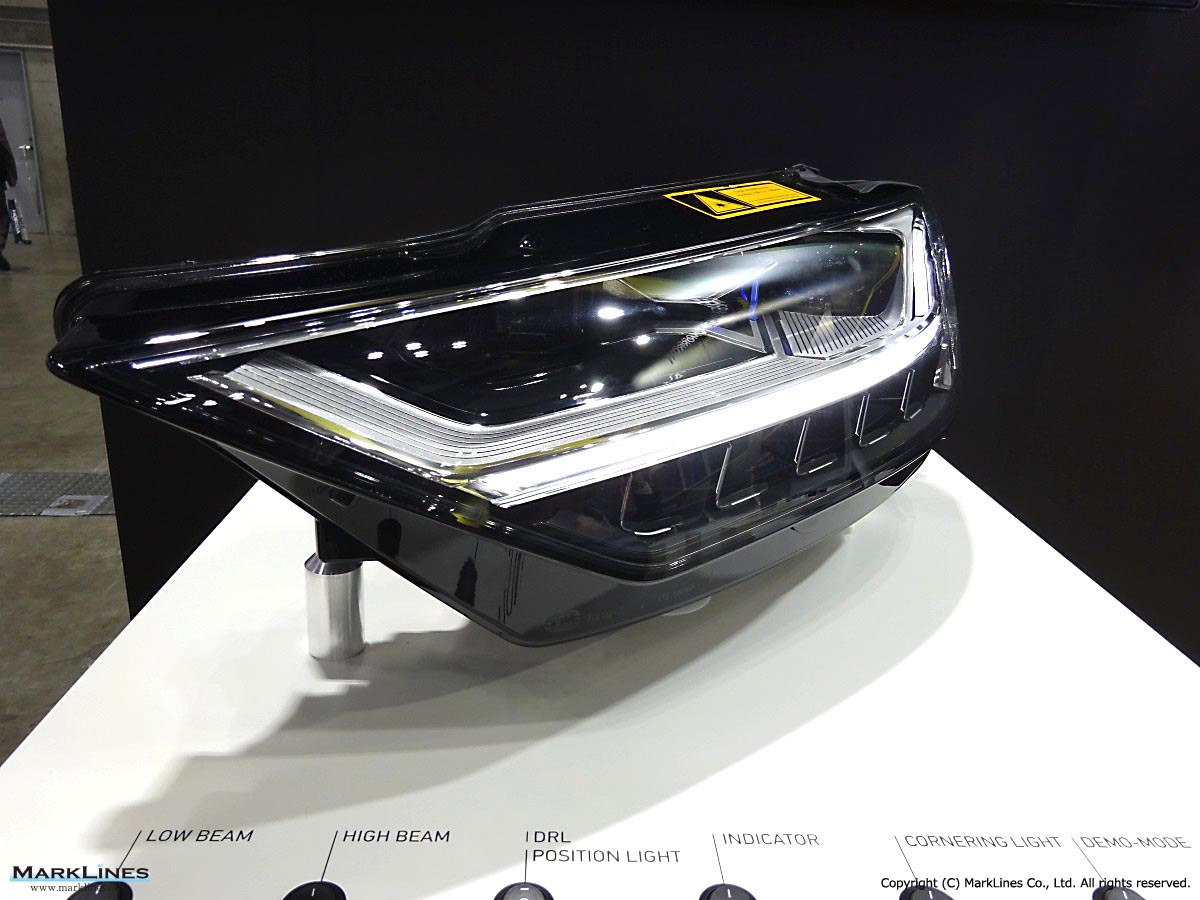
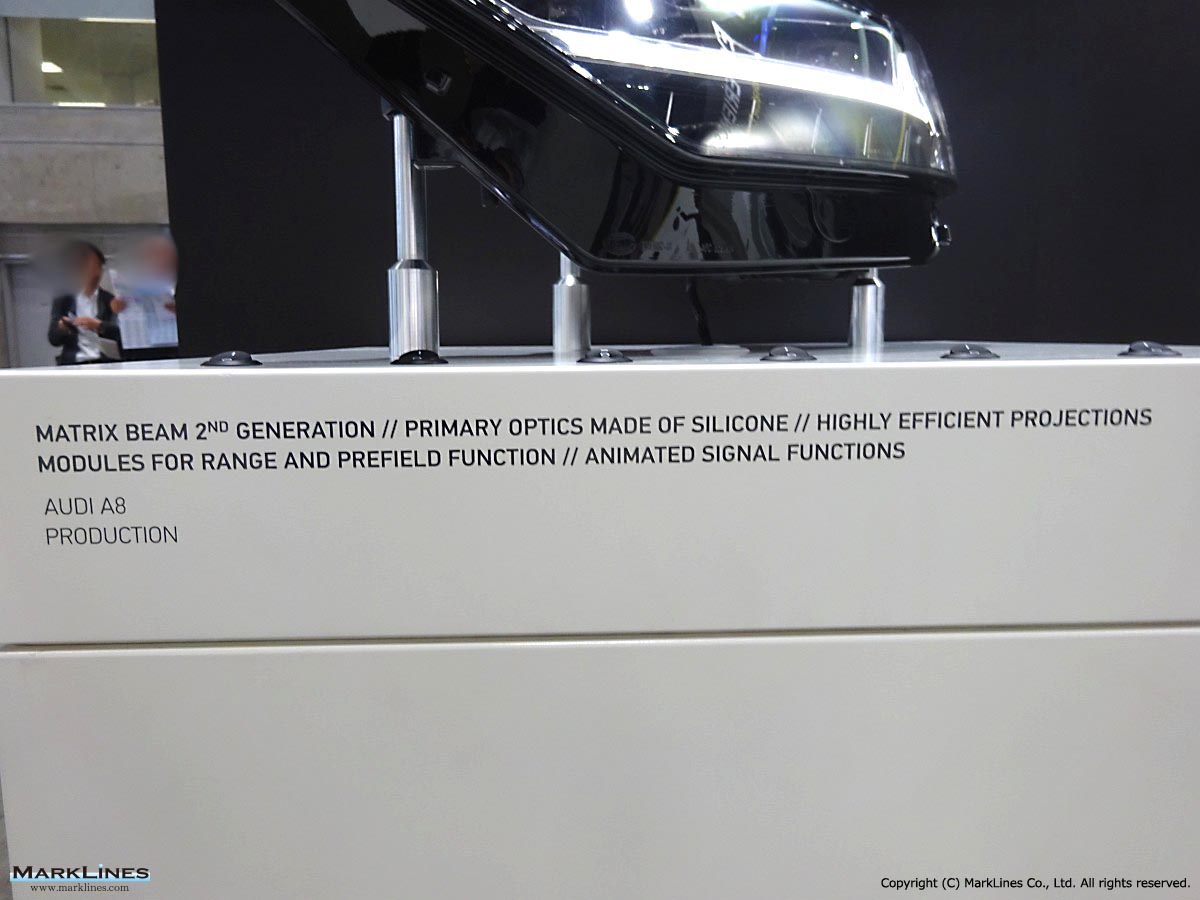


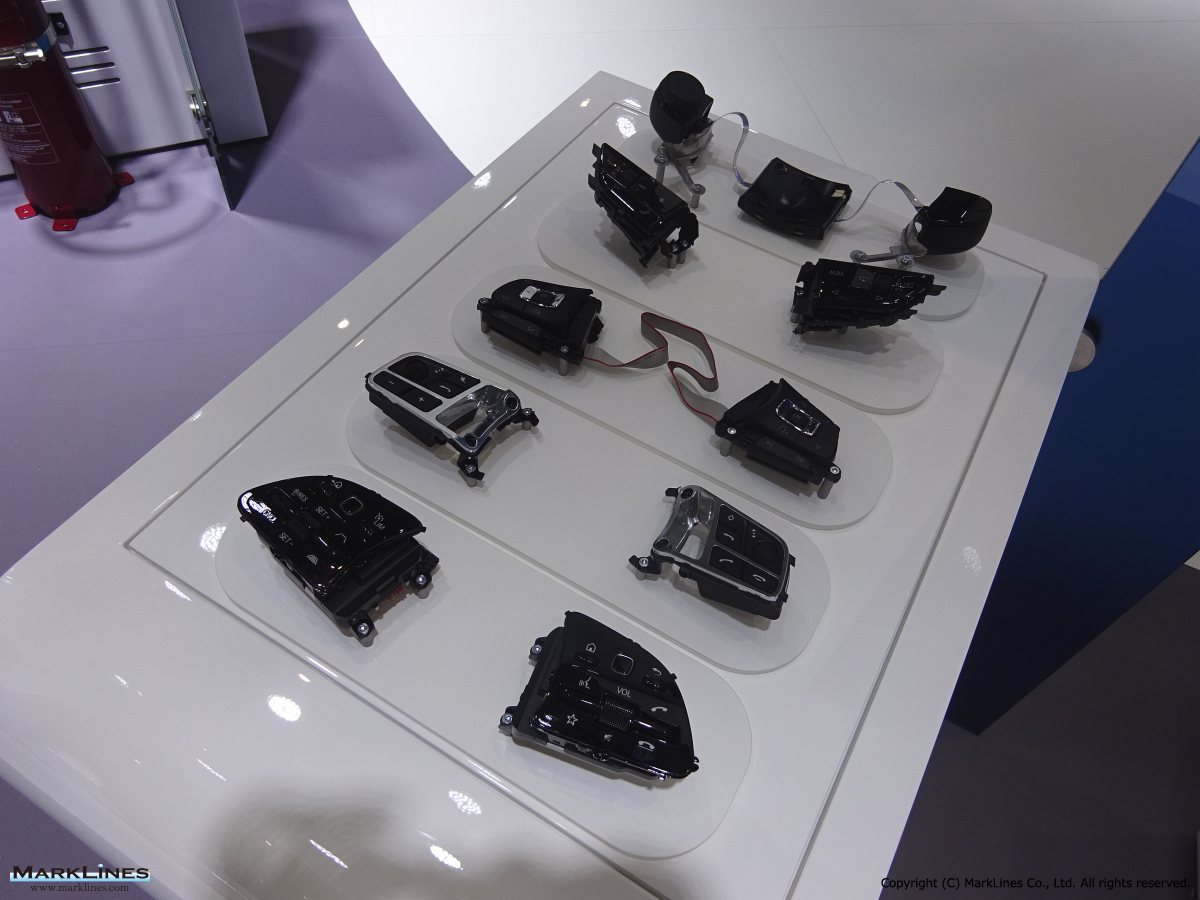
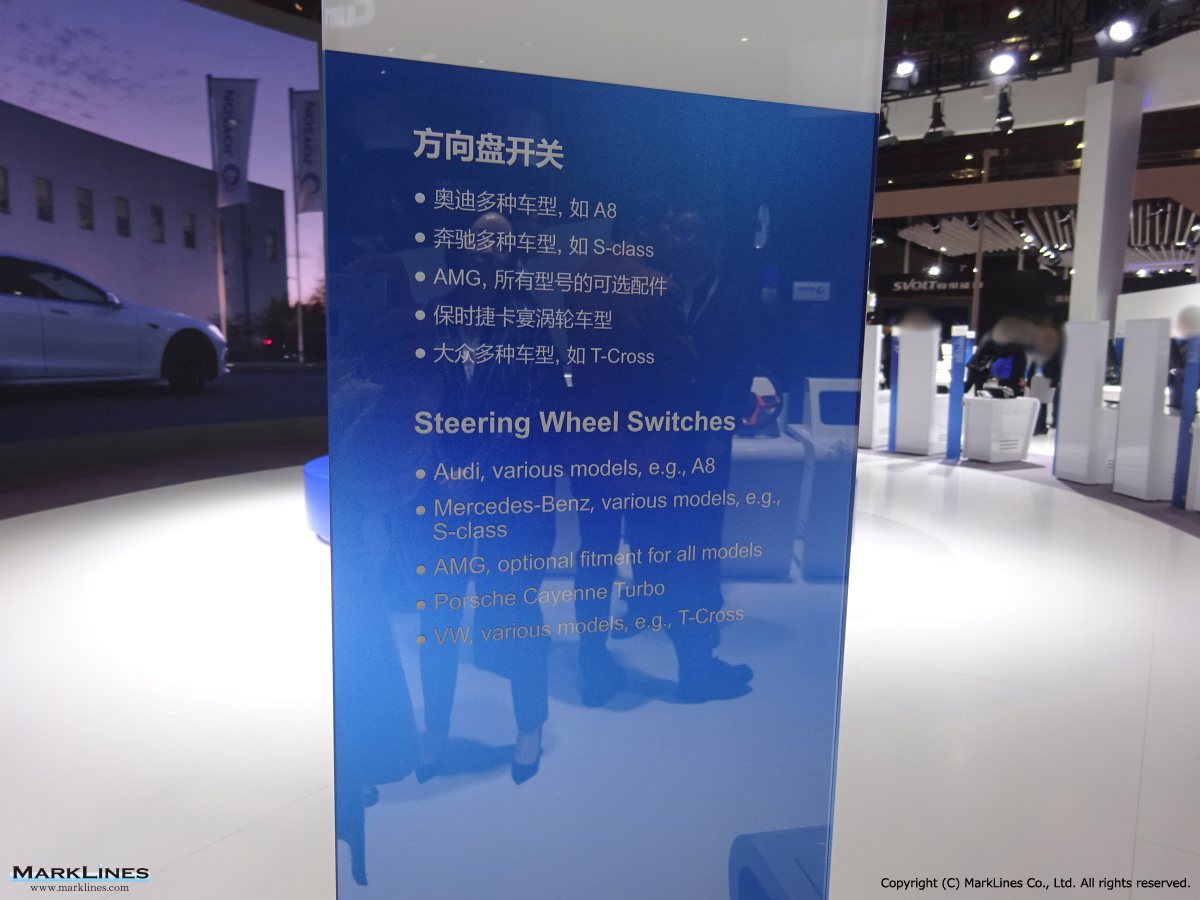
 Japan
Japan USA
USA Mexico
Mexico Germany
Germany China (Shanghai)
China (Shanghai) Thailand
Thailand India
India